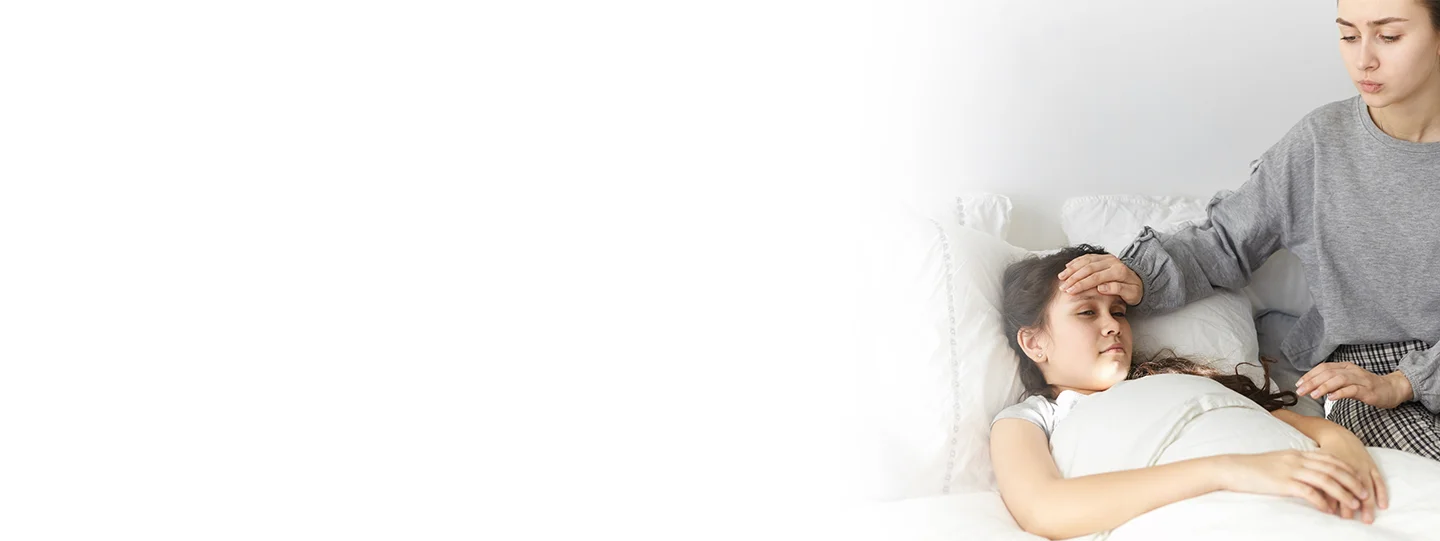

About 5 in 100 children may have a febrile seizure sometime before their 6th birthday. The majority of febrile seizures occur in children between 12 and 18 months of age. Most of these children (60%) have just one febrile seizure in a lifetime. The other 40% may have one to three recurrences over the next few years. They do not cause any brain damage; however, a few children (3%) may later have seizures even without fever.
Although febrile seizures can be scary, most are harmless. During a febrile seizure:
When the movements stop, your child will regain consciousness but will probably remain sleepy or irritated afterwards.
Note the time it started. STAY CALM – DONT PANIC.
Although alarming, a febrile seizure in itself is not usually dangerous. Full recovery is usual. Some children who have febrile seizures may develop epilepsy. This is rare, but is more likely in children who have long febrile seizures, seizures that affect only part of the body, a family history of epilepsy or more than one seizure within 24 hours.
If your child has a fever, you can use fever-lowering drugs such as paracetamol or ibuprofen to make your child feel better. However, this medicine won’t lower the risk of a seizure.
Only one seizure occurs in most cases. However, a second seizure may occur during a future feverish illness in 30-35% cases. A future febrile seizure is more likely if there is a family history of febrile seizures in close relatives (father, mother, sister, brother). Once the child is past 3 years old, the chance of having more than one seizure becomes much less likely.
Yes. Immunisations are very important for your child’s health. A febrile seizure is extremely unlikely to happen again after immunisation.
Warning Signals:
Call Your EMERGENCY services immediately, if:
